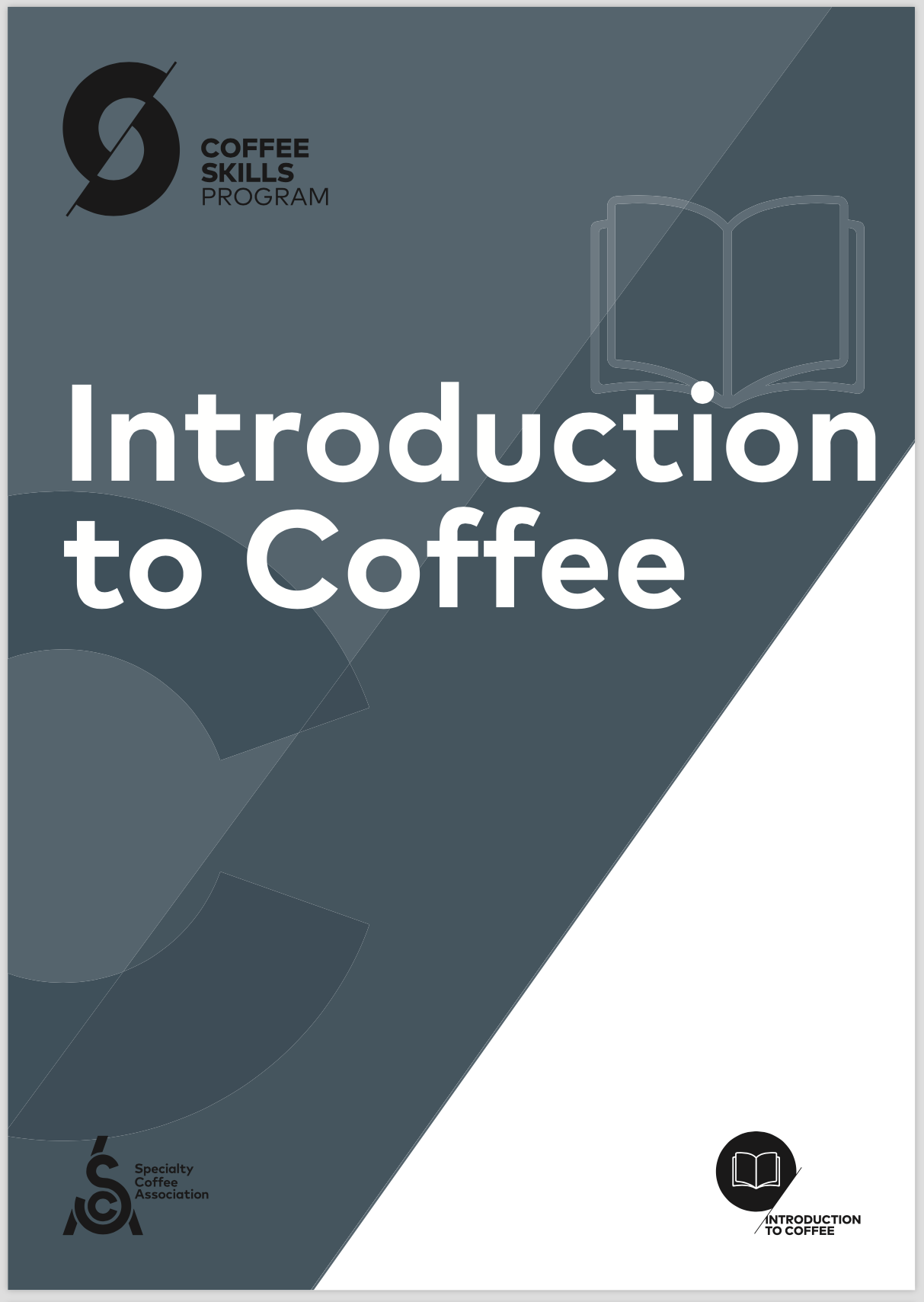In a new effort to document and record the many learning objectives and skills required to complete your SCA Training Certifications - we will post a series of audio and video recordings with documentation to guide you in your path to becoming an SCA Master.
Click to Lesson > > >
WHAT TO EXPECT
WHAT IS SPECIALITY COFFEE
Difference between freshly brewed coffee and instant coffee
Recognize specialty coffee from instant coffee in a cupping
Specialty coffee is distinct from commercial grade and defect coffees
There are different quality standards in flavor.
Identify key aspects of specialty coffee
State the different variables that may affect quality
Basic difference between taste and flavor
Difference between tastes derived from the tongue and how the addition of aroma allows us to define flavor
Recognize the five basic tastes our tongue can identify
Coffee’s historical development as a drink:
Arabica’s origins in Ethiopia, its spread through the Arabic world and into Europe
Historical development of coffee drinking in your country
Who are the largest consumers of coffee in the world
Describe the origins and spread of coffee as a drink to the present day
Identify the largest consuming country(ies) of coffee
The historical development of coffee cultivation
Knowledge of Arabicas discovery in Ethiopia, and Robustas discovery in the Congo
Basic knowledge of the first attempts at cultivation of coffee in other countries
Knowledge of the movement of coffee to Bourbon (Reunion) by the French in 1715, giving rise to one of our main Arabica varietals
Knowledge of the overall size of the coffee industry and the largest producing countries
Describe the origins and spread of coffee cultivation to the present day
Identify the largest coffee producing countries
UNDERSTANDING THE BEANS
Coffee is derived from the fruit of a tree
Identification of the coffee tree and its fruit. Structure of the cherry and that two beans normally exist within (or just one peaberry)
COFFEE HISTORY
Identify basic structure of the coffee cherry
State the correct name of a single bean within the cherry
Identify Arabica from Robusta in a cupping or as a brewed coffee
Describe the relative acidity and body typically derived from Arabica and Robusta are the
Coffee has a number of species, with Arabica and Canephora (Robusta) being the main ones grown
Arabica and Robusta are most common species of coffee but they are not the only coffee species
Key differences between these two main species: visually, growing conditions, caffeine levels
Differences in main flavors derived from these key species
Geographical areas involved in growing coffee
Equatorial areas that coffee grown, including the main continental areas of Central and South America, Africa and Indonesia
Geographic position may influence coffee flavor
Soil conditions, altitude, climate etc. affect the flavor derived from the coffee
State the main areas in which coffee is grown
State the influence geographical position may have on coffee flavor
Main processing methods of coffee:
wet processed/washed coffee and dry process/natural coffee
The flavors derived from the different processing methods
The steps coffee goes through to get from the farm to the roaster
Describe the main methods of processing coffee
Identify the flavor profile of each processing method
State the key stages coffee goes through to get from the farm to the roaster
Steps in the roasting process
Recognize a traditional roaster and the equipment used
Identify key stages in the ROASTING
Basic steps in the roasting process and the changes the beans undergo
Identify how flavors change
How acidity diminishes as during the roasting process sweetness and bitterness increase throughout the roasting process
COFFEE FRESHNESS
Identify the factors that affect freshness and have an impact on coffee quality
BREWING BASICS
Importance that freshness has in relation to quality coffee flavor
Coffee oxidizes in the presence of air, diminishing coffee quality
How quality packaging minimizes oxidization
Moisture and excess of temperature can be detrimental to coffee quality
Coffee should be used within the day when beans are placed in the hopper and used immediately when ground, in order to optimize flavor
Range of different equipment
Recognize at least five different and methods available to brew
The basic principles of brewing coffee
When brewing we are extracting/ dissolving elements out of the ground coffee. That only a certain percentage of the bean is dissolvable into the final cup and that some dissolvable flavors are desirable and others are undesirable.
Identify the standard coffee to water ratio for filter coffee
Identify the standard quantity of coffee used to brew an espresso
State the impact of under extraction and over extraction
State the optimum amount of extraction from coffee beans
Identify optimum water temperature for coffee extraction
Difference between terms Under and Over Extraction, and why 18- 22% extraction may be considered desirable.
How grind size will affect the extraction
Quantity of coffee advised for different brewing methods: 50-60g for Gold Cup Standard filter coffee; 14g commonly used for a double espresso in Italy but higher doses used in some cultures
Time is important to what is extracted e.g. why 20- 30 seconds is commonly used for an espresso
Water temperature is important to extraction and most brewing methods use water temperatures around 92-96c
Water quality is important to the flavor of the drink and that filters may be required to control this and protect machines from scale
DRINKS MENU
Common drinks produced with coffee
Recognize common coffee drinks such as espresso, cappuccino, latte, americano, filter/brewed coffee, and describe their content
